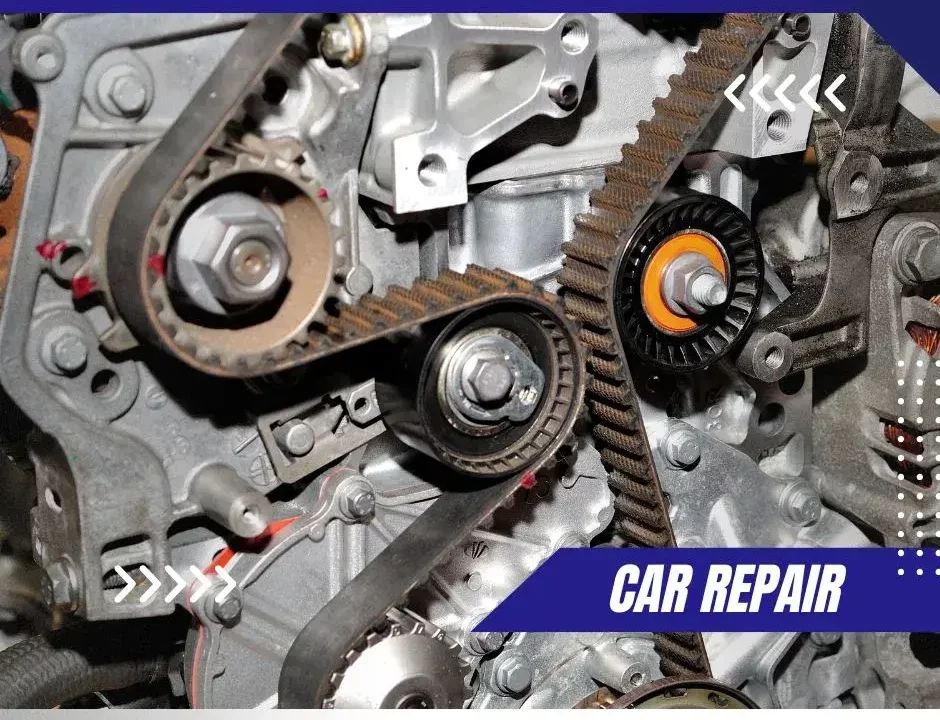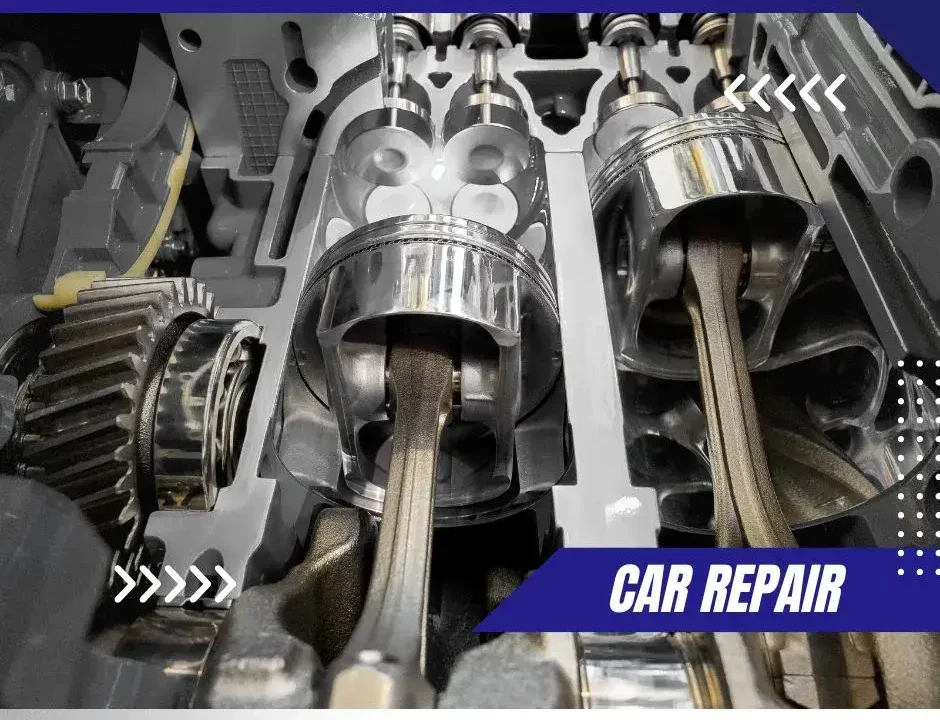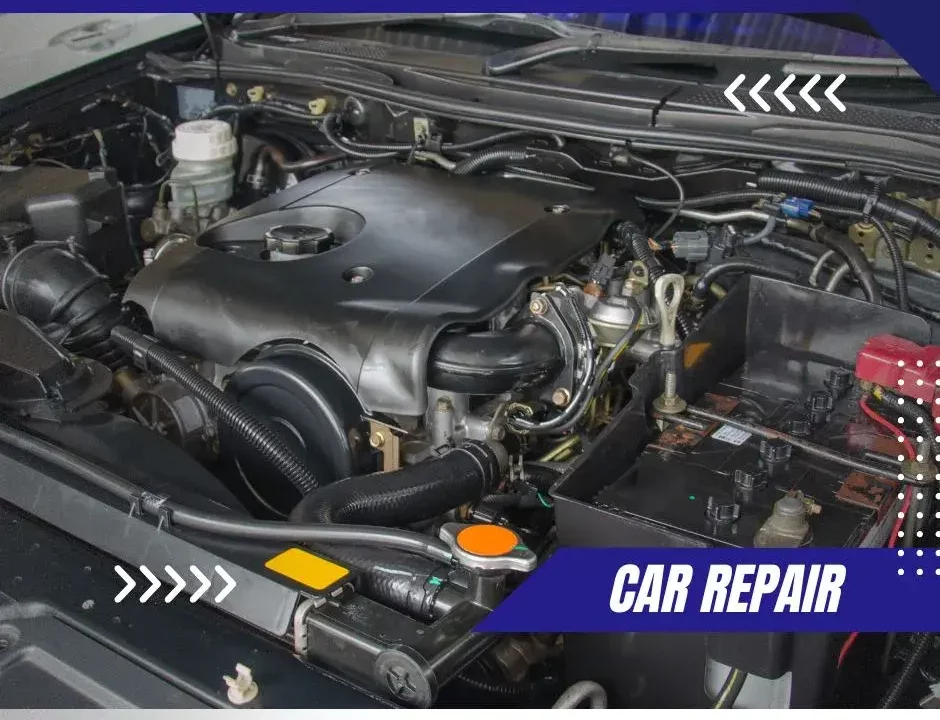
Car Repair Essentials: A Comprehensive Guide for Vehicle Maintenance
November 20, 2023
The Essential Guide to Vehicle Inspection: Understanding Safety Standards
November 20, 2023Embarking on the journey of car repair can be both challenging and rewarding. This guide is designed to help you navigate the complex world of automotive maintenance and repair, providing a roadmap from basic knowledge to expert skills.
Starting with the Basics
Understanding Your Vehicle
Begin with learning the fundamentals of your vehicle. Familiarize yourself with the owner’s manual and understand basic components like the engine, transmission, and braking system.
Tool Kit Essentials
Assemble a basic toolkit for car repairs, including wrenches, screwdrivers, a jack, and a set of sockets. Knowing how to use these tools is the first step in DIY car maintenance.
Regular Maintenance Routines
Oil Changes and Fluid Checks
Regular oil changes are crucial for engine health. Learn how to check and replace engine oil, along with other essential fluids like brake and transmission fluid.
Tire Maintenance and Alignment
Understand the importance of tire pressure, tread depth, and regular alignments. These are key for vehicle safety and efficiency.
Intermediate Repair Skills
Brake System Overhaul
Gain proficiency in repairing and replacing brake pads, discs, and fluids. This knowledge is vital for vehicle safety.
Electrical Troubleshooting
Develop skills to diagnose and fix common electrical issues in cars, such as battery problems, alternator faults, and lighting malfunctions.
Advanced Repair Techniques
Engine Diagnostics and Repair
As you advance, delve into engine diagnostics. Learn to use diagnostic tools to troubleshoot and resolve complex engine problems.
Transmission and Suspension Work
Understanding transmission systems and suspension mechanics is crucial for advanced car repair. These systems require more specialized knowledge and tools.
Staying Informed and Up-to-Date
Continual Learning and Certification
The automotive industry is always evolving. Keep up with the latest trends, technologies, and best practices through ongoing education and certification programs.
Joining Automotive Communities
Engage with online forums, local workshops, and car clubs to share knowledge, experience, and advice with fellow car repair enthusiasts and professionals.
Mastering Car Repair
Transitioning from a novice to an expert in car repair is a journey of continuous learning and practice. Embrace each challenge as an opportunity to expand your skills and knowledge, and enjoy the rewarding experience of mastering car repair.




